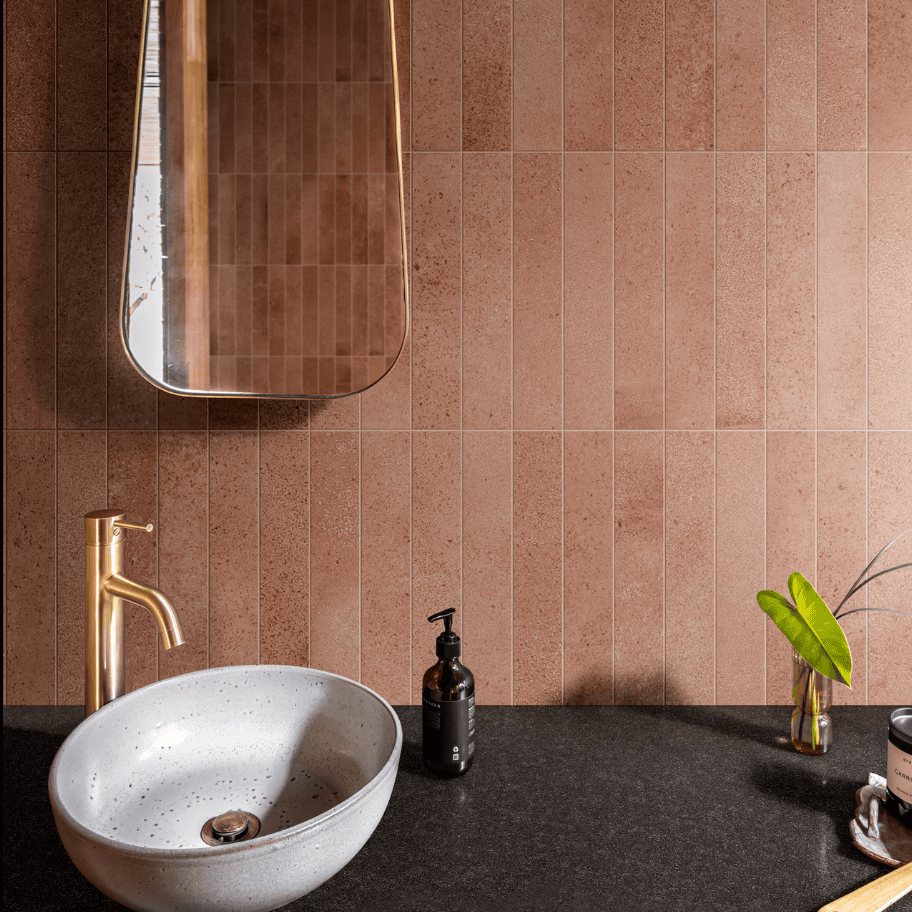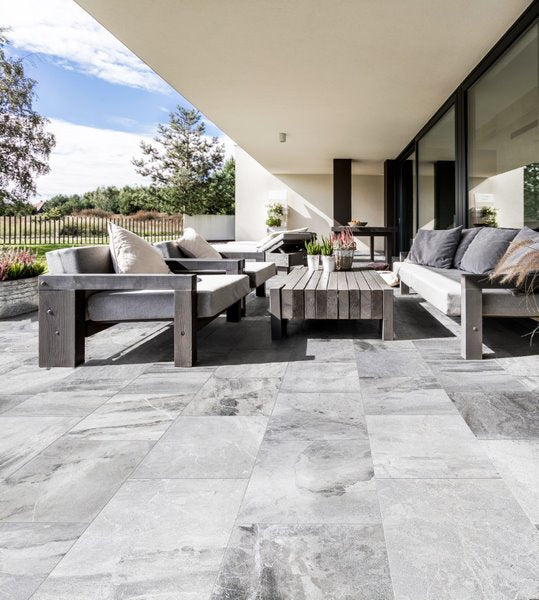Choosing the perfect tiles for your home or project involves more than just selecting the right color and pattern. Tile pricing can vary significantly, and understanding the factors that contribute to this variability is crucial for making informed decisions. In this article, we'll delve into the reasons why tile pricing differs, helping you navigate the options and find the best value for your investment.
-
Material Composition:
The type of material used in the production of tiles plays a significant role in determining their cost. Natural stone tiles, such as marble, granite, or travertine, tend to be more expensive due to the extraction and processing involved. Ceramic tiles, made from clay and other natural materials, are generally more affordable. Porcelain tiles, known for their durability, fall somewhere in between. -
Tile Size and Thickness
Larger and thicker tiles often come with a higher price tag. Larger tiles require more precision and expertise during manufacturing and installation, contributing to increased costs. Thicker tiles, particularly in natural stone or porcelain, may also require more material, making them pricier. -
Tile Finish
The finish of the tile's surface can influence its cost. Glossy finishes, which often require additional processing to achieve their reflective quality, may be more expensive than matte finishes. Specialty finishes, such as textured or glazed tiles, can also impact pricing. -
Manufacturing Process
The method used in the manufacturing process can affect tile pricing. Tiles produced using advanced technologies, such as digital printing for intricate designs, may be more expensive than traditionally manufactured tiles. Handcrafted or artisanal tiles, which involve skilled labor, can also command higher prices. -
Brand Reputation and Quality
Well-known brands with a reputation for quality and durability may have higher-priced tiles. While the initial cost might be steeper, investing in a reputable brand often ensures better performance and longevity, making it a cost-effective choice in the long run. -
Geographical Origin
The geographical origin of the tiles can impact pricing. Imported tiles, especially those from renowned tile-producing regions, may have higher transportation costs, import taxes, and tariffs, contributing to an elevated price point compared to locally produced alternatives. Tiles that are imported from Spain or Italy are generally more expensive than Chinese imported ones. -
Design Complexity
Tiles with intricate patterns, designs, or custom features may incur additional costs. The complexity of the design and the precision required during manufacturing contribute to the overall price. Customized or specially commissioned tiles will also be more expensive due to the unique nature of the production process. -
Supply and Demand
Market dynamics, including supply and demand, can influence tile pricing. Popular or trendy tile styles may be in higher demand, affecting their cost. Conversely, tiles that are readily available or less in demand may be more affordable.
Understanding the factors that contribute to tile pricing is essential for making informed decisions when undertaking a tiling project. By considering the material composition, size, finish, manufacturing process, brand reputation, geographical origin, design complexity, and market dynamics, you can navigate the diverse range of tile options and find the perfect balance between quality and cost that suits your preferences and budget.




